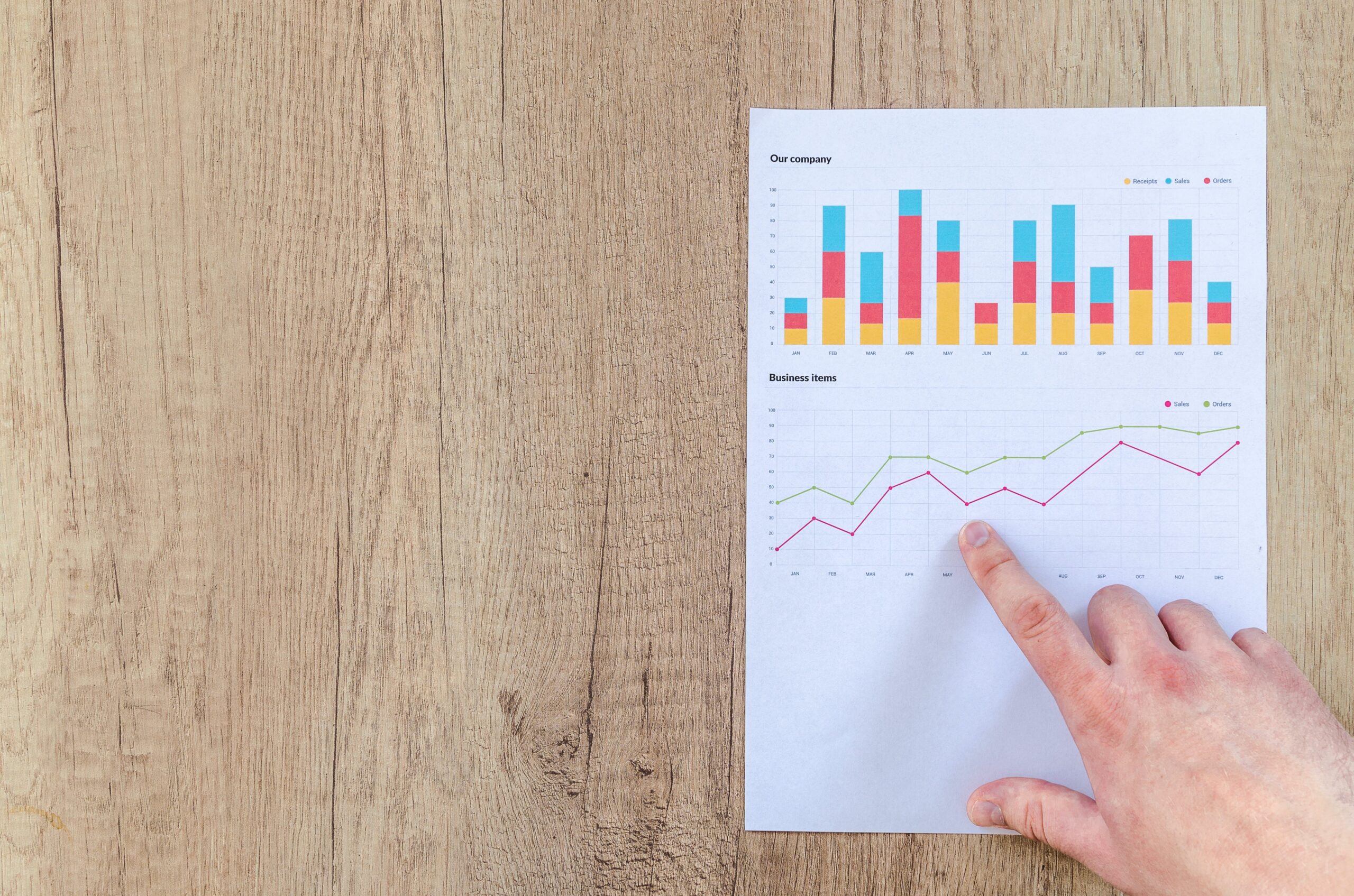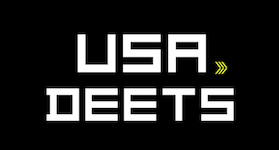
Ever wondered what lurks within the mysterious “prepaid expenses” section of a company’s balance sheet? Don’t worry, you’re not alone! Imagine it as a treasure chest holding the key to understanding a company’s future expenses and financial planning. Let’s unlock this chest and peek inside, shall we?
What are prepaid expenses?
Prepaid expenses are basically things you’ve already paid for, but haven’t used yet. Imagine buying a year’s worth of groceries in advance (though, we probably wouldn’t recommend that!). In the business world, it’s similar. Companies sometimes pay for goods or services upfront, like insurance or rent for several months. These future benefits become “prepaid expenses” on their balance sheet, reflecting the value they haven’t used yet.
What kinds of things end up as prepaid expenses?
Here are some common examples:
- Insurance premiums: Paid upfront for coverage over a period (think car insurance or health insurance).
- Rent: Paid in advance for office space or equipment.
- Subscriptions: Prepaying for software, magazines, or online services.
- Interest: Paying interest on a loan upfront.
- Taxes: Prepaying property taxes or estimated income taxes.
Why is understanding prepaid expenses important?
Well, it gives you a glimpse into the company’s future expenses and cash flow. Knowing they have, say, several months of prepaid insurance, tells you they won’t need to fork out that cash immediately. This helps investors and analysts assess the company’s financial health and future prospects.
Real-Life Prepaid Expenses: From Your Wallet to the Balance Sheet
Let’s explore some everyday examples:
- Office supplies: Buying bulk printer cartridges or paper in advance? It’s a prepaid expense until they’re used.
- Software licenses: Paying for a year-long subscription to accounting software? The unused portion is a prepaid expense.
- Marketing campaigns: Prepaying for advertising placements in the upcoming quarter is a future expense.
- Employee travel: Booking flights and hotels for business trips months in advance creates a prepaid expense.
- Maintenance contracts: Paying upfront for annual equipment maintenance is a prepaid expense until the service is delivered.
Calculating the Value of Your Future Benefits: Unveiling Prepaid Expenses
Remember the two steps of recording prepaid expenses:
- Initial Recording: When you pay upfront, the full amount becomes an asset (prepaid expense) on your balance sheet.
- Expense Allocation: Over time, as you use the benefit, a portion of the prepaid expense moves to the income statement as an expense.
Calculating the remaining prepaid expense is essentially figuring out how much value is still unused in your “magic potion” on the balance sheet. Here’s the formula:
Beginning Prepaid Expense – Total Expense Allocated Since Inception = Ending Prepaid Expense
Here’s how it works:
- Gather:
- Beginning Prepaid Expense: This is the initial amount you recorded as an asset (e.g., the total cost of the year-long insurance premium).
- Total Expense Allocated Since Inception: This is the sum of all the expense allocations you’ve made since recording the prepaid expense (e.g., monthly insurance expense recorded each month).
- Plug it in: Substitute these values into the formula above.
- The answer: The result is the Ending Prepaid Expense, which tells you the value of the unused portion remaining on your balance sheet.
Example: Say you paid $12,000 for a year-long insurance policy at the beginning of the year. After 6 months, you’ve recorded $6,000 in insurance expense (6 months * $1,000 monthly expense).
Ending Prepaid Expense = $12,000 (Beginning) – $6,000 (Expense Allocated) = $6,000 (Remaining Value)
This means you still have the benefit of $6,000 worth of insurance coverage remaining for the next 6 months.
Remember: This is a simplified example, and specific calculations may vary depending on the type of prepaid expense and accounting methods used. However, the main principle remains the same – by tracking the initial value and allocated expenses, you can accurately calculate the remaining value of your prepaid expenses.
Prepaid Expense Categories and Important Points
| Category | Common Examples | Recording Period | Impact on Cash Flow | Benefits | Drawbacks |
|---|---|---|---|---|---|
| Prepaid Insurance | Health, Liability, Property | Monthly or annually depending on policy | Large upfront payment, then smaller expenses spread over time | Predictable costs, potential discounts for upfront payment | Reduced flexibility, cash tied up initially |
| Prepaid Rent | Office space, Equipment leases | Monthly, quarterly, or annually depending on agreement | Large upfront payment, reduces future rent expense | Secures space/equipment, predictable costs | Reduced flexibility, potentially higher upfront cost than monthly payments |
| Prepaid Subscriptions | Software, Magazines, Streaming services | Monthly, annually, or multi-year | Smaller upfront payments, reduces future expense | Convenience, potential discounts for longer subscriptions | Potential unused benefits if subscription not fully utilized |
| Prepaid Taxes | Property taxes, Estimated income taxes | Annually or quarterly | Reduces future tax burden, improves cash flow management | Predictable tax costs, avoids penalties | Cash tied up upfront, potential overpayment if actual taxes are lower |
| Prepaid Interest | Loan interest payments | Can be done upfront for entire loan term | Reduces future interest expense, improves cash flow predictability | Guaranteed interest rate, avoids future fluctuations | Significant cash outlay upfront, may not be beneficial if interest rates fall |
| Prepaid Supplies | Office supplies, Inventory (bulk discounts) | Periodically when purchased in bulk | Reduces future expenses, potential discounts for bulk purchases | Improved budget control, avoids stockouts | Cash tied up upfront, risk of obsolescence or spoilage |
Leveraging Technology for Efficient Accounting: Streamlining Your Workflow and Saving Time
Here are some key areas where technology can revolutionize your accounting:
1. Cloud-Based Accounting Software:
- Say goodbye to on-premise servers and hello to remote access and collaboration with cloud-based solutions. Popular options include Xero, QuickBooks Online, and Zoho Books. These platforms offer features like automatic bank feeds, expense tracking, and financial reporting, allowing you to manage your finances from anywhere, anytime.
2. Automation Tools:
- Reduce manual tasks and eliminate errors with automation tools. These can automate data entry, invoice processing, bank reconciliations, and even tax calculations. Platforms like Zapier and Automate.io offer flexible automation solutions, while tools like AutoEntry and Receipt Bank specialize in automating specific tasks.
3. Artificial Intelligence (AI):
- Tap into the power of AI for advanced data analysis and forecasting. AI-powered tools can analyze your financial data to identify trends, predict future cash flow, and even detect fraud. Examples include BlackLine and Tagetik.
4. Machine Learning (ML):
- ML algorithms can learn from your historical data and automate repetitive tasks even further. For example, they can learn how to categorize expenses or predict customer payment behavior, saving you time and improving accuracy. Platforms like PWC’s Halo and CaseWare offer ML capabilities.
5. Robotic Process Automation (RPA):
- RPA mimics human actions on the computer, automating tasks that don’t require complex decision-making. This can include tasks like downloading bank statements, sending invoices, and collecting payments. UiPath and Automation Anywhere are leading RPA providers.
Conclusion
Prepaid expenses might seem like a complex line item on a balance sheet, but demystifying them reveals their key role in understanding a company’s financial future. They represent resources pre-purchased for future benefit, offering discounts, budgeting advantages, and insights into cash flow planning. Remember, the key is recognizing these “paid-for-but-not-yet-used” items and understanding their gradual transition to expenses as the benefits are consumed. With this knowledge, you’re equipped to assess a company’s financial health and interpret their strategic use of prepaid expenses!
References
A list of authentic references related to prepaid expenses on the balance sheet that you can share with your readers:
Accounting Standards:
- Financial Accounting Standards Board (FASB): [[[invalid URL removed]]([invalid URL removed])]
- International Accounting Standards Board (IASB): [https://www.ifrs.org/]
Articles and Websites:
- Investopedia: Prepaid Expense [https://www.investopedia.com/terms/p/prepaidexpense.asp]
- Corporate Finance Institute: Examples, Accounting for a Prepaid Expense [[[invalid URL removed]]([invalid URL removed])]
- Wall Street Prep: Prepaid Expenses | Definition + Balance Sheet Example [https://www.wallstreetprep.com/knowledge/prepaid-expense/]
- BlackLine: What are Prepaid Expenses? | F&A Glossary [https://www.blackline.com/resources/glossaries/prepaid-expenses/]
Additional Resources:
- AICPA Technology Resources: [https://www.aicpa-cima.com/resources/article/how-cpas-are-leveraging-technology-to-improve-efficiency]
- Forbes: 5 Ways Technology is Transforming Accounting: [https://www.forbes.com/sites/forbestechcouncil/2023/07/28/embracing-change-how-technology-is-reshaping-the-future-of-accounting/]
FAQs on prepaid expenses on balance sheet
Q1. How do prepaid expenses appear on the balance sheet?
Prepaid expenses typically appear on the current assets section of the balance sheet. This is because they represent resources or services paid for in advance, but not yet consumed or used. Think of them like “future benefits” stored in your financial inventory. Their specific listing might vary depending on the type of expense and company size.
Q2. What are prepaid expenses shown as in the balance sheet?
Prepaid expenses are usually listed with descriptive names that clearly identify the benefit they represent. For example, you might see “Prepaid Insurance,” “Prepaid Rent,” or “Prepaid Supplies.” The amount shown is the remaining value of the benefit you haven’t used yet.
Q3. Is prepaid expense a current asset?
Yes, prepaid expenses are generally classified as current assets. This is because they are expected to be used or converted into cash within one year or the operating cycle of the business, whichever is longer. For example, prepaid insurance paid for six months would be considered a current asset.
Q4. What is the purpose of a prepaid expense?
Prepaid expenses can serve several purposes for businesses:
Discounts: Companies sometimes get discounts for paying upfront, making prepaid expenses a cost-saving strategy.
Budgeting: Prepaid expenses help businesses manage cash flow by spreading out large payments over time.
Convenience: Having resources like insurance or subscriptions pre-arranged ensures they’re readily available when needed.
Predictability: Prepaid expenses provide predictable future costs, aiding in financial planning and analysis.







